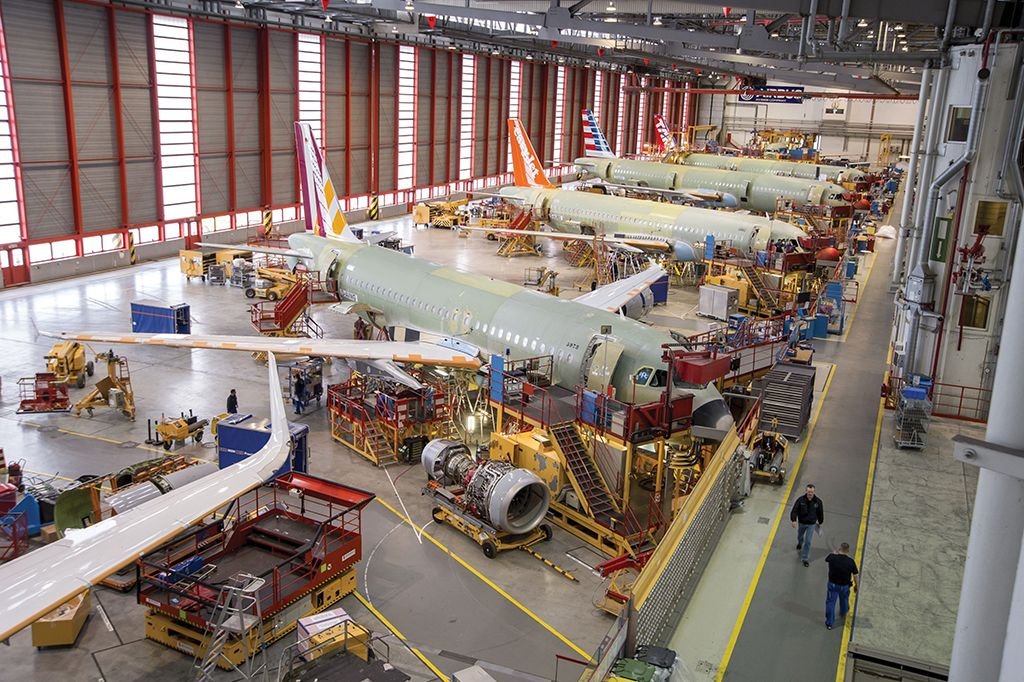Aviation management services play a crucial role in ensuring the efficiency, safety, and reliability of aircraft operations. Two primary categories within this field are rotary-wing and fixed-wing management services. Each type has its unique characteristics, uses, and management requirements. Understanding the differences between these two types of aircraft and their management services is essential for organizations and individuals involved in aviation.
Overview of Rotary-Wing Aircraft
Definition and Characteristics
Rotary-wing aircraft, commonly known as helicopters, use rotating blades to generate lift. Unlike fixed-wing aircraft, which rely on forward motion to create lift, helicopters can take off, hover, and land vertically. This capability makes them extremely versatile, especially in environments where runways are unavailable or impractical.
Common Uses
Helicopters are used in various sectors, including emergency medical services (EMS), search and rescue operations, military missions, and offshore oil and gas transportation. Their ability to hover and maneuver in tight spaces makes them ideal for tasks requiring precision and flexibility.
Overview of Fixed-Wing Aircraft
Definition and Characteristics
Fixed-wing aircraft, which include airplanes, have wings that do not move. These aircraft rely on the forward motion provided by engines to generate lift through the wings. Fixed-wing planes are typically faster and more fuel-efficient over long distances compared to helicopters.
Common Uses
Fixed-wing aircraft are primarily used for commercial airline travel, cargo transport, military operations, and private aviation. Their speed and efficiency make them suitable for long-distance travel and high-capacity transportation needs.
Management Services for Rotary-Wing Aircraft
Operational Management
Managing rotary-wing aircraft involves overseeing various operational aspects, including flight planning, maintenance scheduling, and pilot training. Due to the unique capabilities of helicopters, flight planning often includes considerations for vertical take-offs and landings, as well as hovering capabilities. Maintenance is crucial, given the complex mechanical systems involved, such as the rotor blades and transmission systems.
Regulatory Compliance
Rotary-wing aircraft management must ensure compliance with aviation regulations specific to helicopters. These regulations cover aspects such as airworthiness, noise control, and operational limitations. Ensuring compliance is essential for maintaining safety standards and avoiding legal issues.
Risk Management
The risk management process for rotary-wing operations includes evaluating weather conditions, terrain, and potential obstacles that could impact flight safety. Given their ability to operate in varied and challenging environments, helicopters require meticulous risk assessments and contingency planning.
Management Services for Fixed-Wing Aircraft
Operational Management
Fixed-wing aircraft management focuses on flight planning, route optimization, and fuel efficiency. Given their role in long-distance travel, route planning is critical to minimize fuel consumption and ensure timely arrivals. Maintenance scheduling is equally important, involving regular inspections and servicing of engines, avionics, and structural components.
Regulatory Compliance
Fixed-wing aircraft must comply with international and national aviation regulations, which govern everything from pilot licensing to aircraft certification and operational standards. Management services ensure that all regulatory requirements are met, facilitating safe and legal operations.
Risk Management
Risk management for fixed-wing aircraft involves assessing factors such as weather conditions, air traffic, and mechanical reliability. Effective risk management strategies include robust maintenance programs, pilot training, and real-time monitoring of flight conditions to ensure passenger and cargo safety.
Key Differences in Management Approaches
Flexibility and Versatility
One of the most significant differences in managing rotary-wing versus fixed-wing aircraft is the level of operational flexibility required. Helicopters can operate in diverse environments, necessitating a more adaptable approach to flight planning and risk management. In contrast, fixed-wing aircraft operate primarily from established airports and along predetermined routes, allowing for more standardized management processes.
Maintenance Requirements
The maintenance requirements for rotary-wing and fixed-wing aircraft differ significantly. Helicopters, with their complex rotor systems and higher frequency of vertical take-offs and landings, typically require more intensive maintenance schedules. Fixed-wing aircraft, while also requiring rigorous maintenance, benefit from more predictable wear and tear patterns due to their smoother flight profiles.
Pilot Training and Certification
Pilot training and certification differ between rotary-wing and fixed-wing aircraft. Helicopter pilots must undergo specialized training to handle the unique flight dynamics and emergency procedures associated with rotary-wing flight. Fixed-wing pilots focus on aspects such as navigation, instrument flying, and handling larger aircraft. Management services must ensure that pilots are adequately trained and certified for the specific type of aircraft they operate.
Technological and Logistical Considerations
Advanced Avionics and Navigation Systems
Both rotary-wing and fixed-wing aircraft benefit from advanced avionics and navigation systems, though the specific technologies and applications may vary. For helicopters, avionics systems are crucial for navigating complex environments and performing precision maneuvers. Fixed-wing aircraft rely on sophisticated navigation systems for long-distance travel and efficient route management.
Infrastructure and Support Facilities
The infrastructure and support facilities required for rotary-wing and fixed-wing operations also differ. Helicopters often operate from heliports, which may be located in urban centers, remote areas, or offshore platforms. These facilities must be equipped to handle the unique needs of rotary-wing aircraft, such as rotor blade clearance and rapid refueling capabilities. Fixed-wing aircraft, on the other hand, operate from airports with extensive runways, hangars, and support services designed for larger aircraft.
Future Trends and Developments
Innovations in Aircraft Design
The aviation industry is continuously evolving, with innovations in aircraft design impacting both rotary-wing and fixed-wing sectors. Advances in materials, aerodynamics, and propulsion systems are leading to more efficient and capable aircraft. Management services must stay abreast of these developments to optimize operations and maintain competitiveness.
Integration of Unmanned Aerial Systems (UAS)
The integration of unmanned aerial systems (UAS) is another significant trend impacting both rotary-wing and fixed-wing management services. UAS technology offers new possibilities for surveillance, cargo delivery, and inspection tasks. Managing the coexistence of manned and unmanned aircraft within the same airspace presents new challenges and opportunities for aviation management services.
Environmental and Sustainability Considerations
Environmental and sustainability considerations are increasingly influencing the management of both rotary-wing and fixed-wing aircraft. The push for greener aviation solutions is driving the development of more fuel-efficient engines, alternative fuels, and electric propulsion systems. Management services must incorporate sustainability practices into their operations to meet regulatory requirements and customer expectations.
Conclusion
Understanding the differences between rotary-wing and fixed-wing management services is essential for effectively overseeing aviation operations. While both types of aircraft share common management principles, the specific requirements and challenges associated with each necessitate tailored approaches. By addressing the unique characteristics, maintenance needs, regulatory compliance, and risk management strategies for rotary-wing and fixed-wing aircraft, aviation management services can ensure safe, efficient, and reliable operations. As the aviation industry continues to evolve, staying informed about technological advancements and sustainability trends will be crucial for maintaining a competitive edge in this dynamic field.



